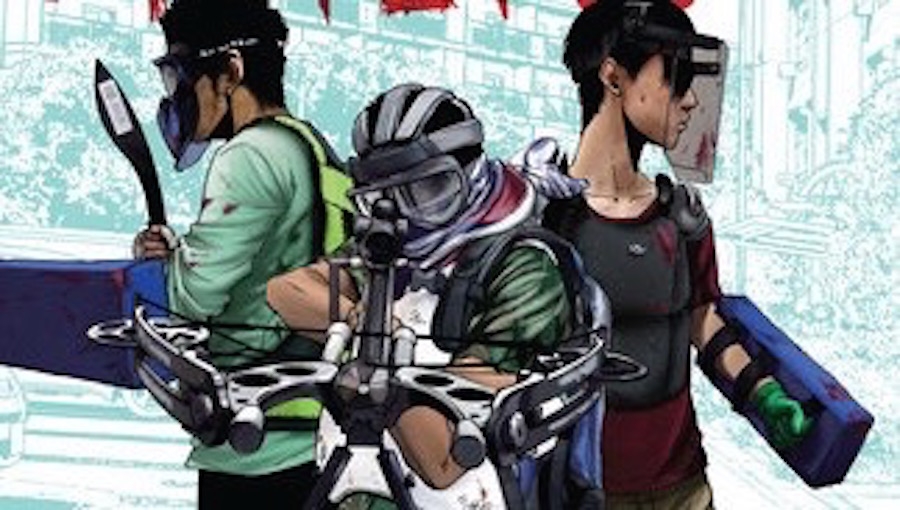One of my great joys is reading new volumes of I Am a Hero as they are released. The worst thing about it is that I can only read it for the first time once.
The market has been saturated with zombie stories for the last decade. Zombies seem to capture the imagination more than vampires and werewolves, because there’s an immediate emotional connection to the idea of losing loved ones and being left alone to fend for yourself. You can more easily map real-world events and situations over a zombie apocalypse than you can in a castle in the mountains of Europe. It’s less fantasy and more the gritty demise of civilization, which is something we’re faced with every couple of years or so, it seems. To be sure, I Am a Hero has cultural ideas specific to the island of Japan that Americans may not be able to connect with. Japan follows social strictures that are so far removed from what I, as an American, am used to, and visa versa. These unique differences make our cultures beautiful and our zombie epics fruitfully different.
In America, our zombie epics are filled with guns and more ammo than found in Rambo’s pantry closet, much less in one of his victim’s. In Japan, guns aren’t readily available. They are locked away for use on shooting ranges, and, apparently, so are crossbows. That immediately creates a difference in tone from zombie stories we’re used to. Another thing: In America, social conventions are sort of arbitrary – created to be broken. In Japan, social conventions are embraced. In both America and Japan, characters during zombie apocalypses try their best to keep things the way they were. Despite these intriguing differences and what they inspire, Kengo Hanazawa, the writer and artist of I Am a Hero, never loses me as a reader. He has created something universal. When a nurse bemoans the fact that she can’t help someone who is injured without breaking the law, but she does anyway, to the best of her ability, she’s trying to keep order in a world she doesn’t quite understand anymore. It’s through these specifics that I Am a Hero finds a genuinely unique voice all of its own.
The fifth omnibus in this radical series takes its time to develop a new central relationship between our hero, Hideo, and a female character introduced during the last series, Tsugumi. She’s brash, tactless, and really fun. Together, they try and get Hiromi to a hospital. Hiromi, who Hideo has been traveling with for much of the series, is infected, though strangely not changing in the same way as everyone else. On occasion, we see the world through her eyes, and it’s hilariously and frighteningly askew. If that wasn’t bad enough, she has a nail in her forehead.
Hanazawa once again takes his time, masterfully building each scenario and then showing the repercussions after an event has occurred. This allows him to really explore the biggest difference about this zombie epic as compared to American zombie stories. American zombies have a one-track mind, basically mindless. In I Am a Hero, they retain a part of who they were. This has varying levels of effect ranging from the horrifying to the hilarious to the heart breaking. One instance in this omnibus captures perfectly the absurdity and surrealism of what an actual zombie apocalypse might look like. I went through all three mentioned emotions in the span of a page and a half. When Hideo is conflicted about whether the zombies are people or not, we’re right there with him.
Also in this omnibus, Hanazawa expands the universe beyond our trio, introducing us to the leader of a weird anti-zombie uprising. How that’s going to connect back, I don’t know, but I’m almost as afraid of this new character than any zombie so far.

